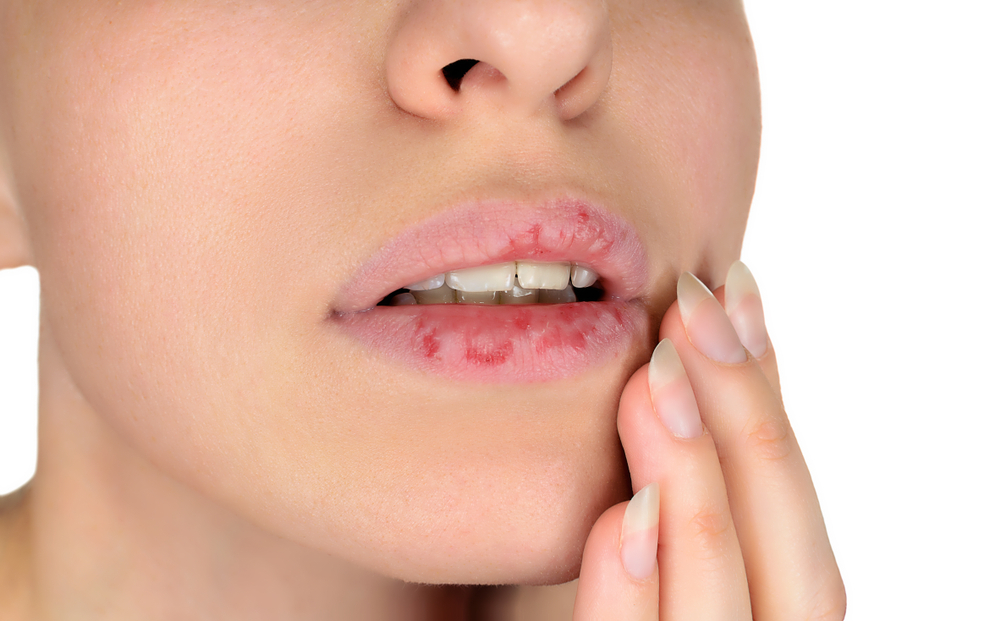What's On This Page?
ToggleHey there to all the curious minds! Have you ever caught yourself absentmindedly face touching – by that I mean scratching your nose, twirling your hair, or resting your chin in your palm during a boring meeting?
We as humans have a surprising tendency to touch our faces and other body parts frequently throughout the day. Studies have provided some intriguing insights into this behavior, highlighting just how often we engage in such actions without even realizing it.
Let’s break down the frequency of face touching based on available research and see what science has to say about little mindless habits.

The Impact of Smart Phones on Face Touching
With the advent of smartphones and computers, our face-touching behaviors have taken on new dimensions. Research has shown that individuals often touch their faces more frequently while using digital devices.
This is partly due to the stress and concentration required while interacting with screens, which can lead to subconscious self-soothing gestures like rubbing the eyes or scratching the face. Additionally, extended periods of screen time can cause eye strain and dryness (consider Vision Script it works so great for that!) prompting more frequent touches to the eyes and surrounding areas. Touching your eye is a type of “face touching” by the way.
In the context of hygiene, it’s important to be mindful of these habits, as screens and keyboards can harbor bacteria, further increasing the risk of transferring pathogens to the face. Understanding the link between technology use and face touching can help individuals adopt better hygiene practices and reduce potential health risks associated with these behaviors.
The 5 Types of Face Touching
Face-touching is one of the most universal habits in the world! On average, we touch our face about 23 times per hour! This includes actions like scratching, rubbing, and resting the face in the hands and emphasizes how ingrained this behavior is. The face can be further broken down into mouth, nose, eyes, ears and hair.
- Mouth: Specifically, people touch their mouths and noses about 3-5 times per hour. This is particularly significant since it increases the transmission of pathogens. This is particularly significant since it increases the transmission of pathogens. Did you know that sometimes when a person is lying they subconsciously cover their mouth or touch their mouth?
- Nose Regarding the “nose picking” yeah sorry we have to go there because it happens! It is actually quite common. While specific numbers vary, a survey published in the Journal of Clinical Psychiatry found that 91% of respondents admitted to picking their noses regularly. The medical term for obsessive nose-picking is rhinotillexomania.There’s also the “Pinocchio effect,” where a person might touch or scratch their nose, or the side of their nose while telling you a lie, or fibbing. It’s due to a slight tingling sensation they feel (which is caused by the release of adrenaline).
- Eyes: Touching the eyes happens less frequently but still notable, averaging about 1-2 times per hour. It’s still considered part of the “face touching” phenomenon. I’m surprised that number is so low, maybe because my eyes itch from pollen for 2 months of the year, and during that time I must mess with them 30 times an hour! I’m going to guess eye touching is also more frequent if a person wears contact lenses, or wears those glued-on (or maybe they are weaved in?) enhanced faux eyelashes.
I suspect those things would make a person touch their eyes more frequently but because I don’t wear them I’m not 100% sure. - Ears: Touching your ears is a type of face touching too. People tend to touch their ears when adjusting hair or earrings, or during moments of stress, averaging around 2-3 times per hour.
- Hair: Hair touching is common, especially among those with longer hair, averaging about 4-6 times per hour which amounts to 96-144 times per day, assuming 24 waking hours. If I had to pick one ‘face touching’ that I most frequently and consistently do it is THIS! My hair is long and I’m always messing with it, adjusting my ponytail, putting my hair behind my ear, or getting it off my forehead.
Behavioral studies have consistently shown we do this subconsciously. For instance, during tasks that require concentration or while experiencing stress, people tend to touch their faces more frequently. This is often referred to as a self-soothing behavior.
Hygiene and Health Implications
Frequent face touching, particularly the mouth, nose, and eyes, has significant implications for hygiene and health. This behavior can facilitate the transfer of pathogens, including viruses and bacteria, from surfaces to the face, potentially leading to infections. Taking a shower is part of our hygiene. Surveys have found that Americans take one shower daily on average (in the morning usually) to help them wake up.
You probably didn’t realize how often you touch yourself. But it’s true, people touch their faces and other body parts much more frequently than they might be aware of. Sometimes it’s out of nervousness, or just while you’re thinking… other times you feel an itch or tickle. Whatever the cause for the face touching, it happens! Read below for the mental health conditions and issues that increase your desire to touch, scratch or feel.
Here’s a quick summary of the average frequency of touching specific body parts: Face touching is about 23 times per hour (about 368 times/day). Here are more details:
- Mouth and Nose: 3-5 times per hour (about 65 times/day)
- Eyes: 1-2 times per hour (close to 25 times a day)
- Nose Picking: 91% of people do this once or twice a day
- Ears: 2-3 times per hour (maybe 40 times/day)
- Hair: 4-6 times per hour (something like 80 times a day)
Understanding these patterns is crucial, especially in contexts like healthcare and personal hygiene, where reducing the frequency of touching one’s face can significantly lower the risk of transmitting infections. So next time you catch yourself with a finger on your face, remember—you’re part of a much larger, very touchy-feely human club!
The Desire to Touch – 5 Causes for Excessive Face Touching
Excessive touching behaviors beyond the normal averages one would expect to occur when certain conditions are present. For example, maybe you have the sensation of a tickle when there isn’t one? This can be associated with various medical or psychological conditions and there are others. Let me go through those now:
- Psychogenic Pruritus: This refers to the sensation of itchiness without any identifiable physical cause. It can manifest as a compulsive need to scratch or touch the skin, even when no irritation or itchiness is present. I want to differentiate this from neuropathic itch which actually has a cause – often small fiber neuropathy. Read more about that HERE.
- Tactile Hallucinations: These are false sensations of touch or tickling on the skin that occur without any external stimulus. Tactile hallucinations can be associated with psychiatric disorders such as schizophrenia or as a symptom of drug use or withdrawal. If you are taking a sedative or sleep medication, read my other blog, Benzodiazepines: Dangers and Lies.
- Dermatillomania (Skin-Picking Disorder): This is a related condition where individuals feel compelled to pick at their skin, often leading to skin damage and potential infections. It can be triggered by stress, anxiety, or perceived imperfections on the skin. A lot of people have this habit with their lips, and I’ve posted a picture for you to recognize it.

- Formication: This is the sensation that insects are crawling on or under the skin, which can lead to a compulsive need to touch or scratch the affected area. Formication can be associated with drug use, particularly stimulants, or withdrawal from substances like cocaine or methamphetamine.
- OCD (Obsessive-Compulsive Disorder): This one is not cut and dry. Those with compulsions related to checking or grooming might touch themselves more frequently than average. The touching alleviates anxiety and is self-soothing. Contrast that to individuals with contamination fears who avoid touching their faces to prevent perceived contamination. The ‘touching behaviors’ vary from person to person with OCD based on their condition.
I mention OCD in my blog, When Noise Triggers Rage – Exploring the Mysteries of Misophonia.
Summary
So, next time you catch yourself in a touchy-feely moment, remember, you are part of a larger, very human club! I just stopped to scratch an itch on my shoulder blade as I typed that last sentence!
Humans have a surprising tendency to touch their faces and bodies frequently throughout the day, with studies revealing insights into these common behaviors. From face touching at 23 times per hour to the nuances of nose picking and hair twirling, these actions often occur subconsciously, especially during stressful moments or deep concentration.
Such behaviors carry significant hygiene implications, potentially transferring pathogens and leading to infections. Beyond the everyday habits, I hope I’ve helped you understand how certain conditions like psychogenic pruritus, anxiety, drug withdrawal, or OCD might factor into these habits. If you found this blog interesting, feel free to forward it to a friend or post to your social media site.

Suzy Cohen, has been a licensed pharmacist for over 30 years and believes the best approach to chronic illness is a combination of natural medicine and conventional. She founded her own dietary supplement company specializing in custom-formulas, some of which have patents. With a special focus on functional medicine, thyroid health and drug nutrient depletion, Suzy is the author of several related books including Thyroid Healthy, Drug Muggers, Diabetes Without Drugs, and a nationally syndicated column.


